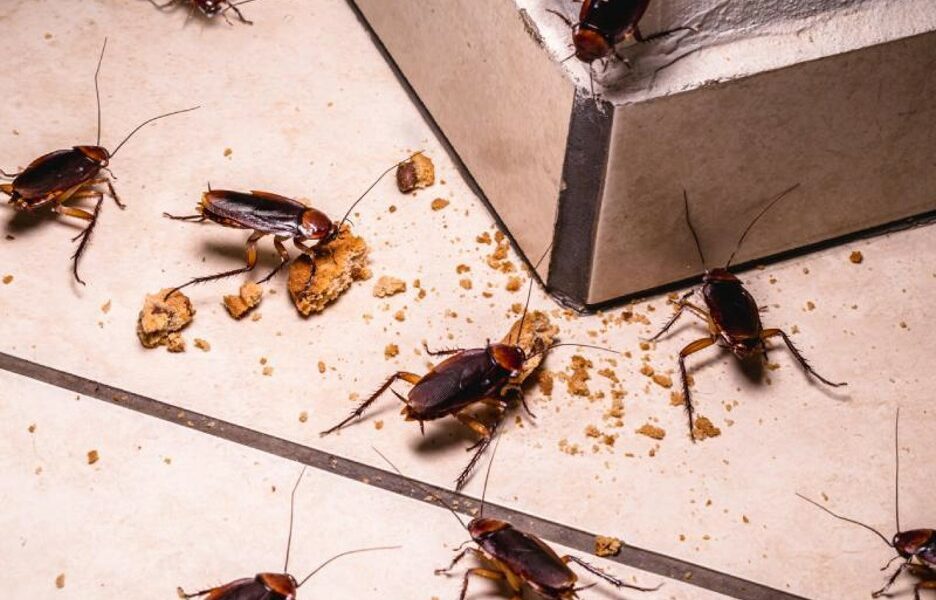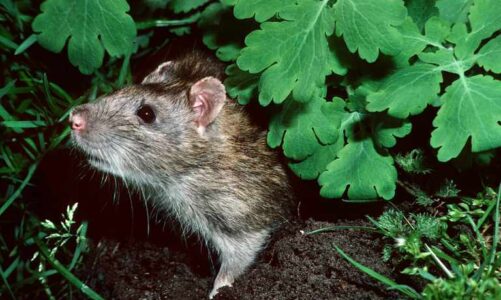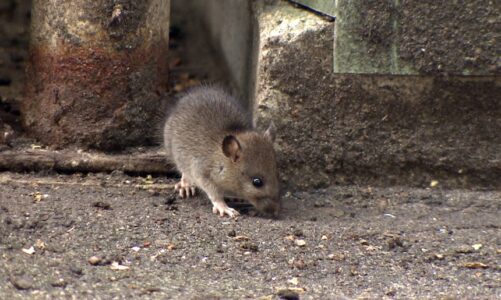Pest management is among the most often neglected when renting out a house. This usually happens because sometimes, there’s a lack of clarity on who is in charge of pest control—the renter or the landlord—when rodents, cockroaches, or other pests invade a property.
When it comes to determining responsibility, there is usually a disagreement. However, landlords are in charge of maintaining the property through routine maintenance and seasonal pest management. So, it’s normal for renters to feel compelled to report infestations of rodents, cockroaches, or other pests to them. That’s why renters need to know the signs of pest infestation in their homes and the vital steps to take to report it.
In this guide, we will walk you through the entire process of dealing with pest problems in rentals, from identifying the symptoms of an infestation to the advantages of keeping records when reporting a pest problem. Come along as we take you on this enlightening journey.
4 Signs of Pest Infestation in a Rental Home
1. Dusty mounds and shaved wood
If you notice heaps of what appear to be wood shavings and dust, the cause is most likely rodents chewing through the home’s walls. The most likely causes are termites, carpenter bees, rats, or ants. It is known that all four of these animals may burrow into foundations for structures. Regrettably, they frequently do significant harm that takes a lot of work to fix. It’s time to report a pest problem as soon as you see this indication.
2. Droppings
An unmistakable sign of insect activity is droppings. Concerning what kind of creature is within the house, they can be small or enormous. In any case, droppings are typically obvious. They generally are a shade of brown and resemble short, slender pellets. Depending on age, some may have a more yellow or grey appearance.
Clean up any droppings you see as soon as possible. Since some feces, like those from mice or rats, can contain dangerous bacteria, it is advisable to avoid handling them. Make sure to sanitize the impacted area after cleaning.
3. Broken Structures and Food Packages
While vermin nibble on your baseboards and oatmeal containers, humans chew gum. Pests desire food and water, much like people do. Some people have an innate desire to chew and bite on anything they encounter.
If you observe this in your house, rats or mice are most likely to blame. With their powerful incisor teeth, these pests tear through objects. Seal gaps or crevices in your house, cover food, and keep it off the ground to avoid this.
4. Foul Odours
The smell of pest feces is terrible, especially if it gets into the carpet or wood floors. There can be a slight odor that progressively becomes stronger. Occasionally, you might locate the source of the scent by searching the property.
Odors from dead rodents are another source. These emit an even more overpowering and putrid stench than garbage does. Since mice and rats frequently perish in small, isolated spaces, getting to the dead animal might occasionally be challenging. Locating and gaining access to the deceased rodent will be considerably simpler for an expert.
Importance of Documentation when Reporting Pests Issues in a Rental
It’s vital for tenants to notify the property manager or landlord as soon as they know of any pest issues. More importantly, putting the problem in writing and including comprehensive details regarding the infestation is imperative. An organized record of pest incidents allows your property manager in Prince George’s County to efficiently resolve pest issues. This record will demonstrate your promptness in reporting the issue. Here are other benefits of documentation when reporting pest problems in a rental:
1. Clarity
Documentation is essential when reporting pest problems in a rental since it clearly records the issue. Your landlord will have an easier time locating the best professional for that pest if you provide any pertinent information, such as pictures and videos of the damaged areas, descriptions of the offensive smells, or hints about possible pests.
2. Effective communication
Documentation when reporting pest issues also makes communication easier. Providing the landlord or property management with evidence of the pest problem allows for open conversation about the state of the property and any required repairs or renovations.
3. Reflection of the gravity of the situation
When there’s detailed documentation when reporting pest issues, it helps you strongly convey the seriousness of the problem to the landlord. Time stamps, written descriptions, and photos add to the documentation’s dependability and facilitate a more seamless resolution procedure.
4. Legal reasons
Tenant rights are vitally protected by the use of documentation when reporting pest issues. Tenants demonstrate how the pest problem has affected the condition of the property by accurately documenting it. In this manner, if they feel that any damage claims or deductions from their security deposit are unwarranted, they can contest them at the end of the rental and use the document as proof in court.
Final Thoughts
Undoubtedly, the duty to address rodent and pest problems in a rented property varies depending on what caused the issue. Tenants are obliged to keep their apartments clean, and if a problem arises from improper hygiene, they will eventually be the ones to fix it or cover the associated costs.
However, if they are convinced that the root of a pest problem is structural, it’s paramount for them to inform the landlord with the support of proper documentation. By keeping a record of these issues, you can safeguard your rights and interests, get out of legal hot water, and address difficulties more quickly.




